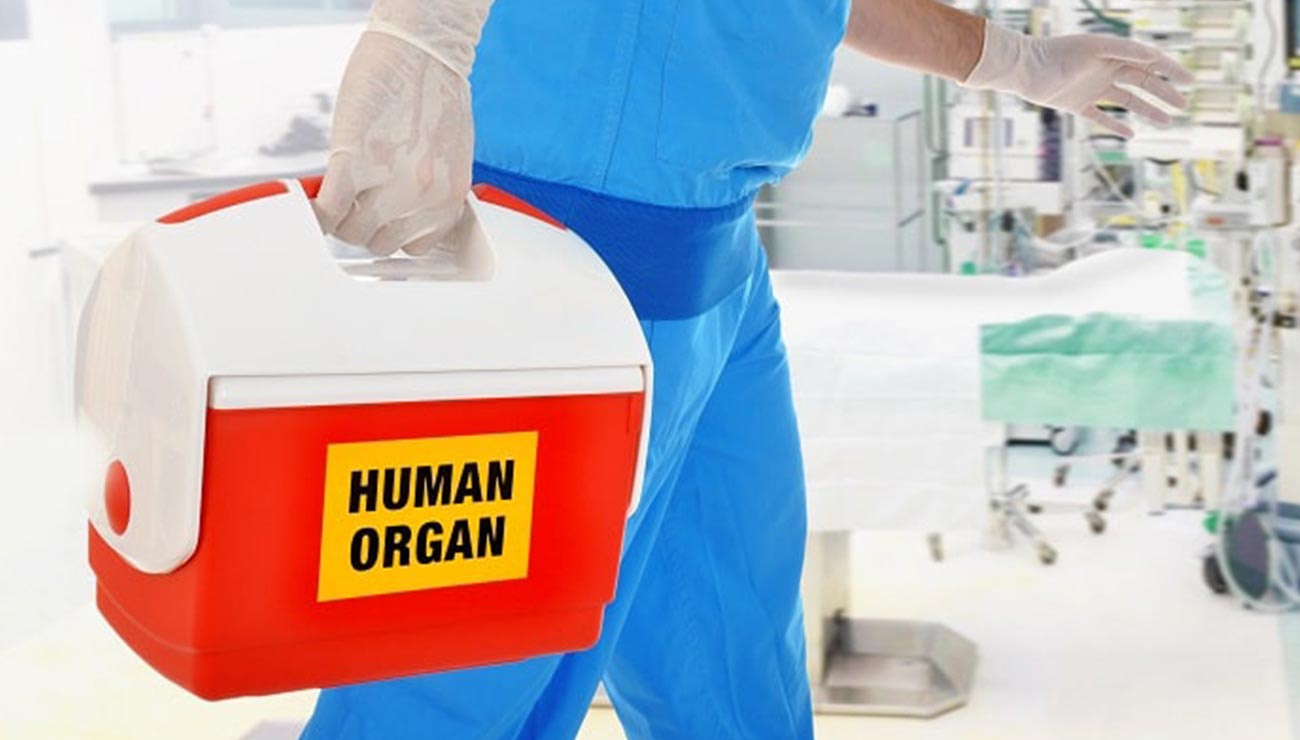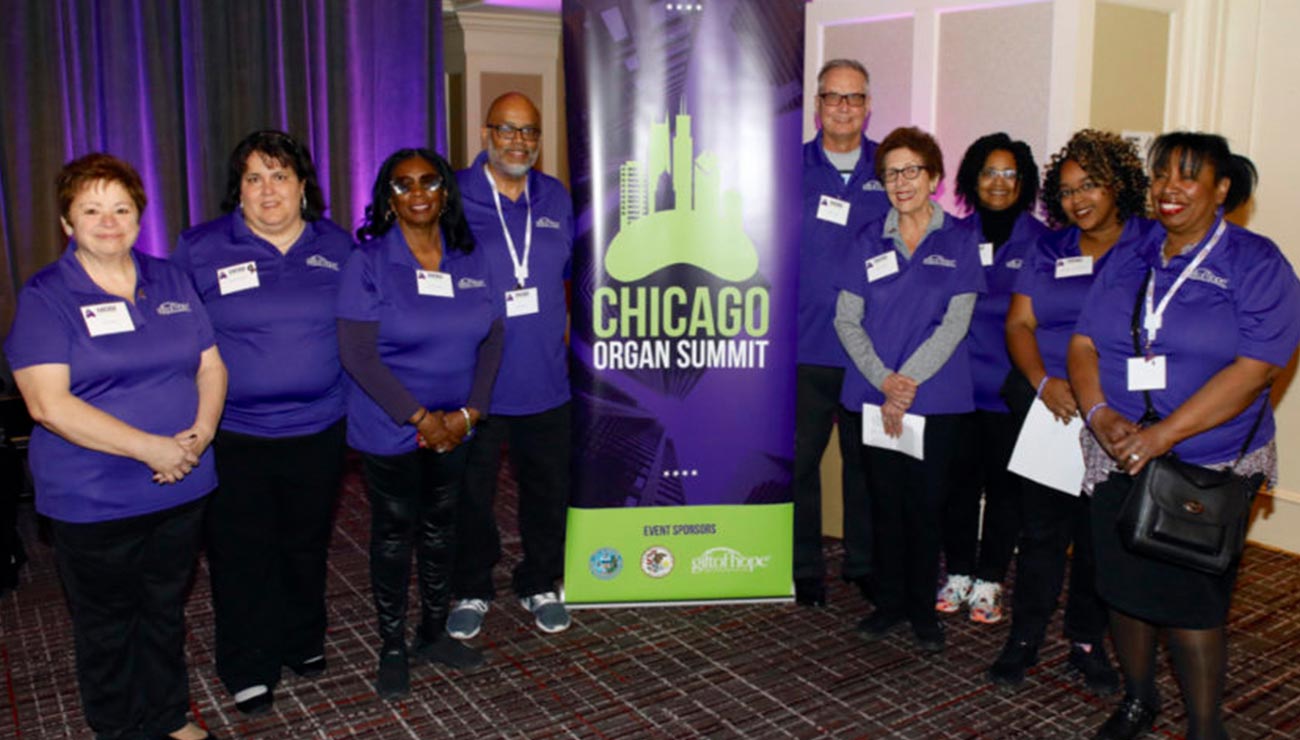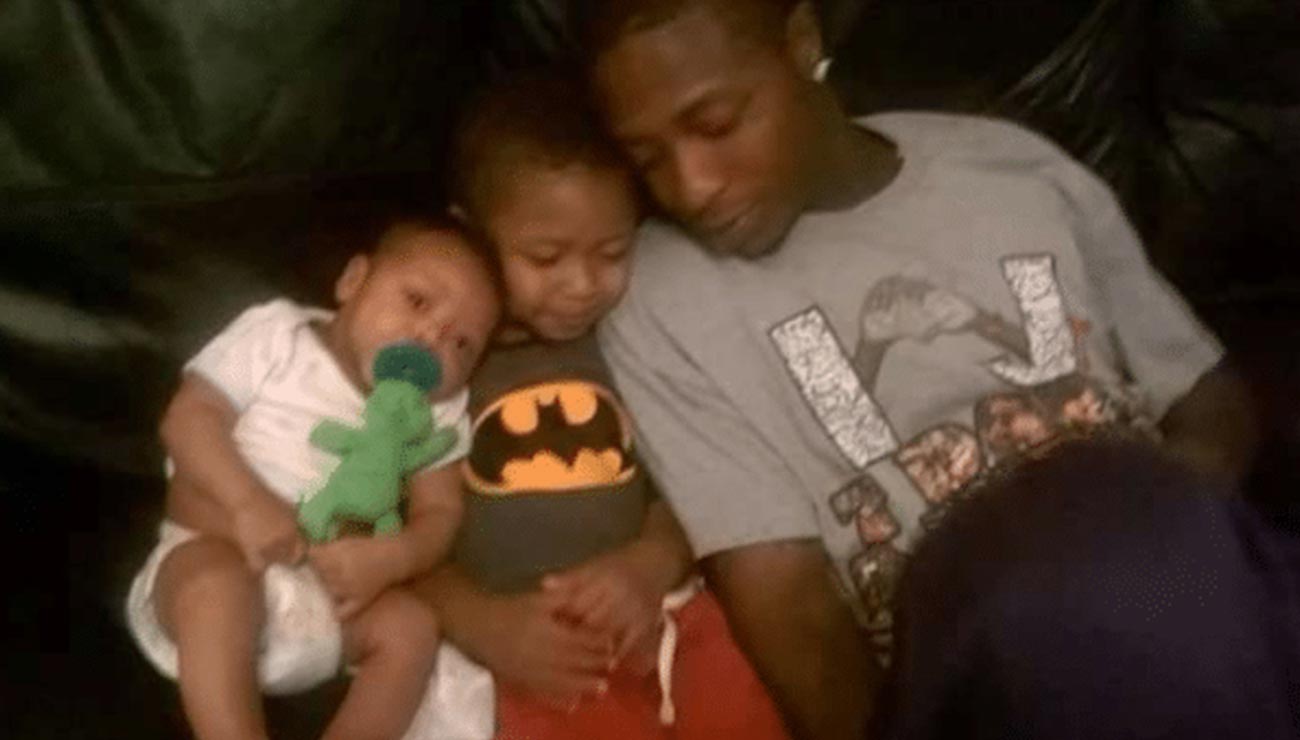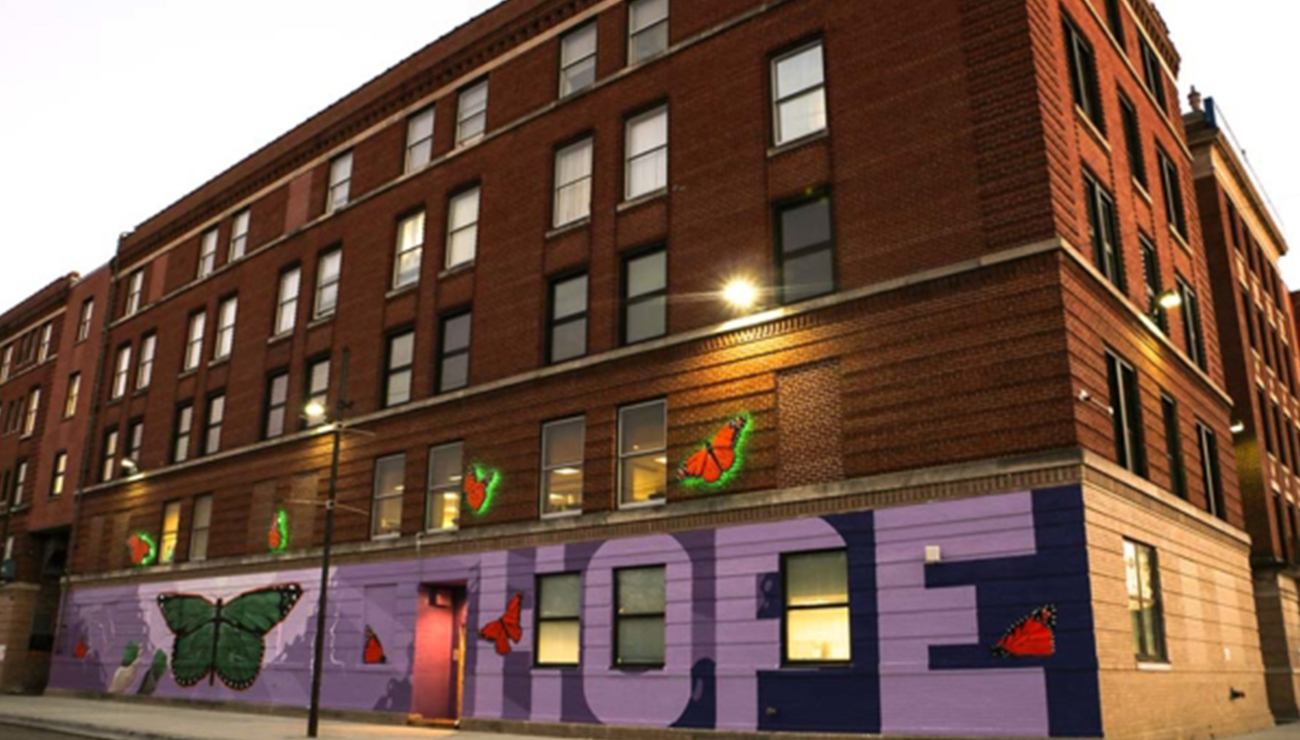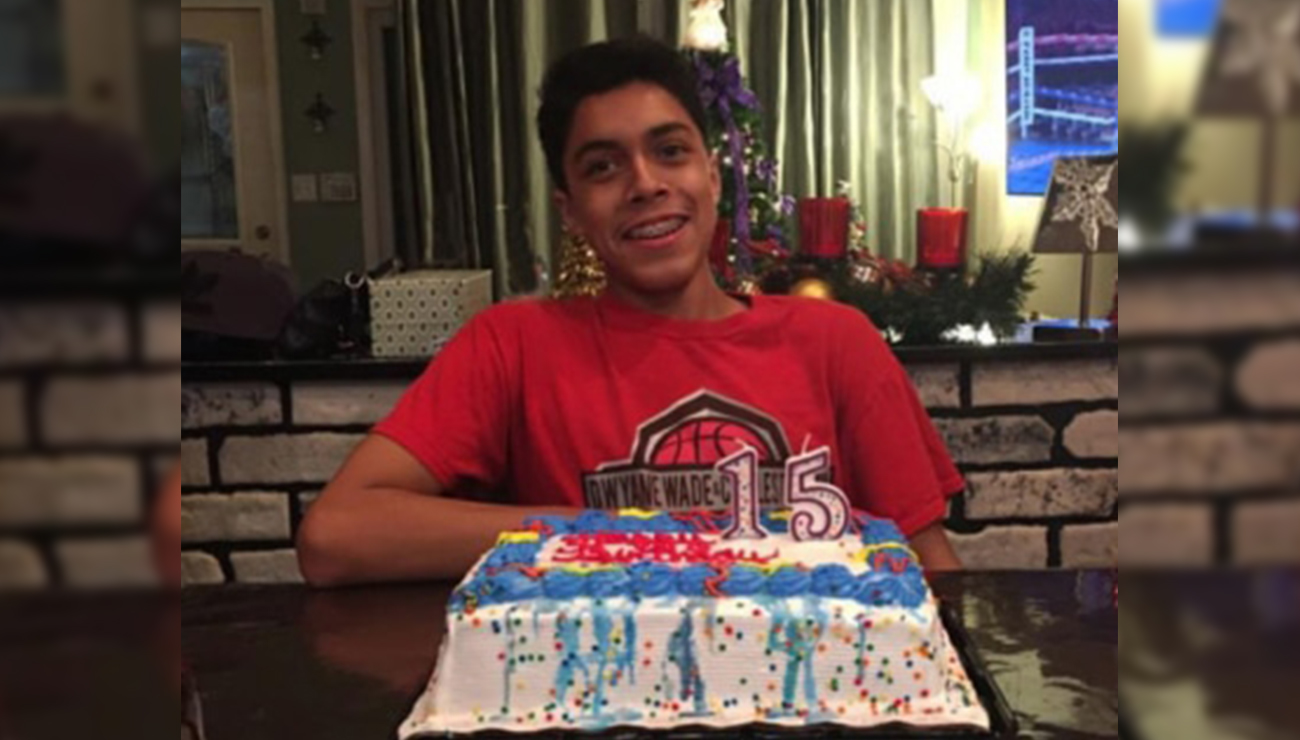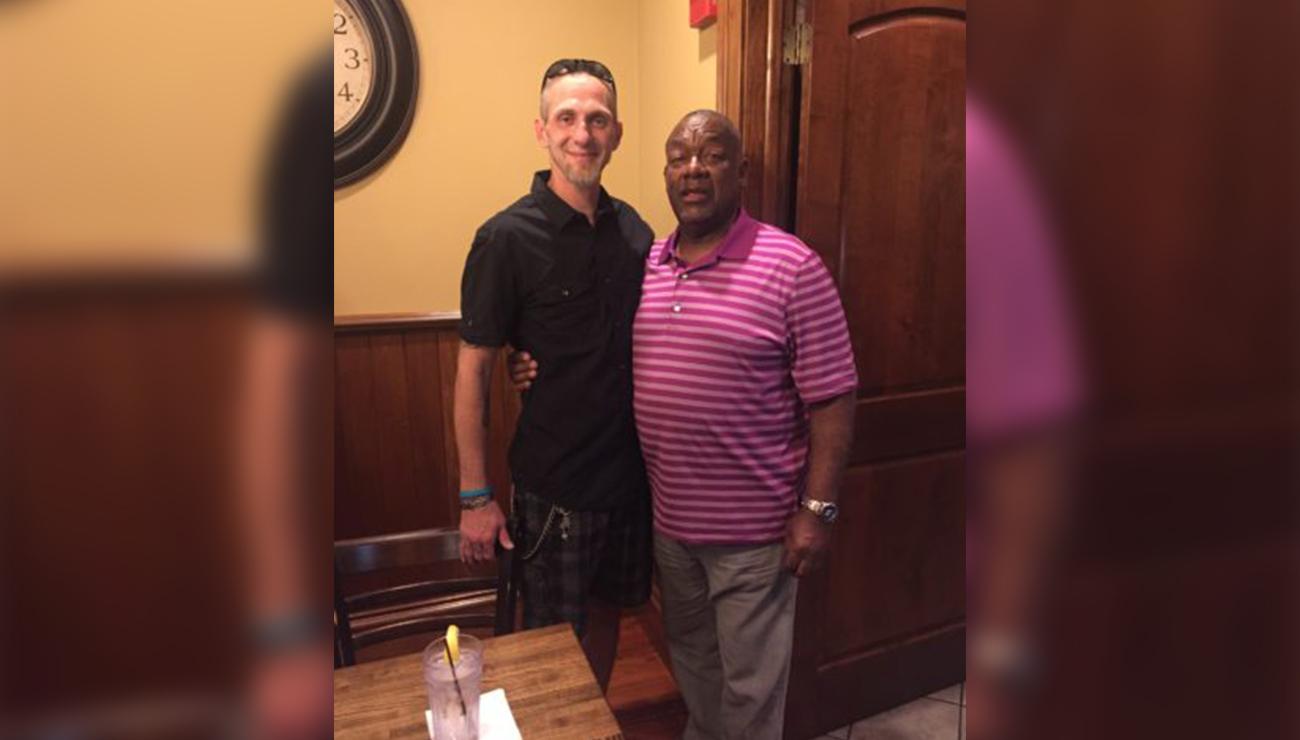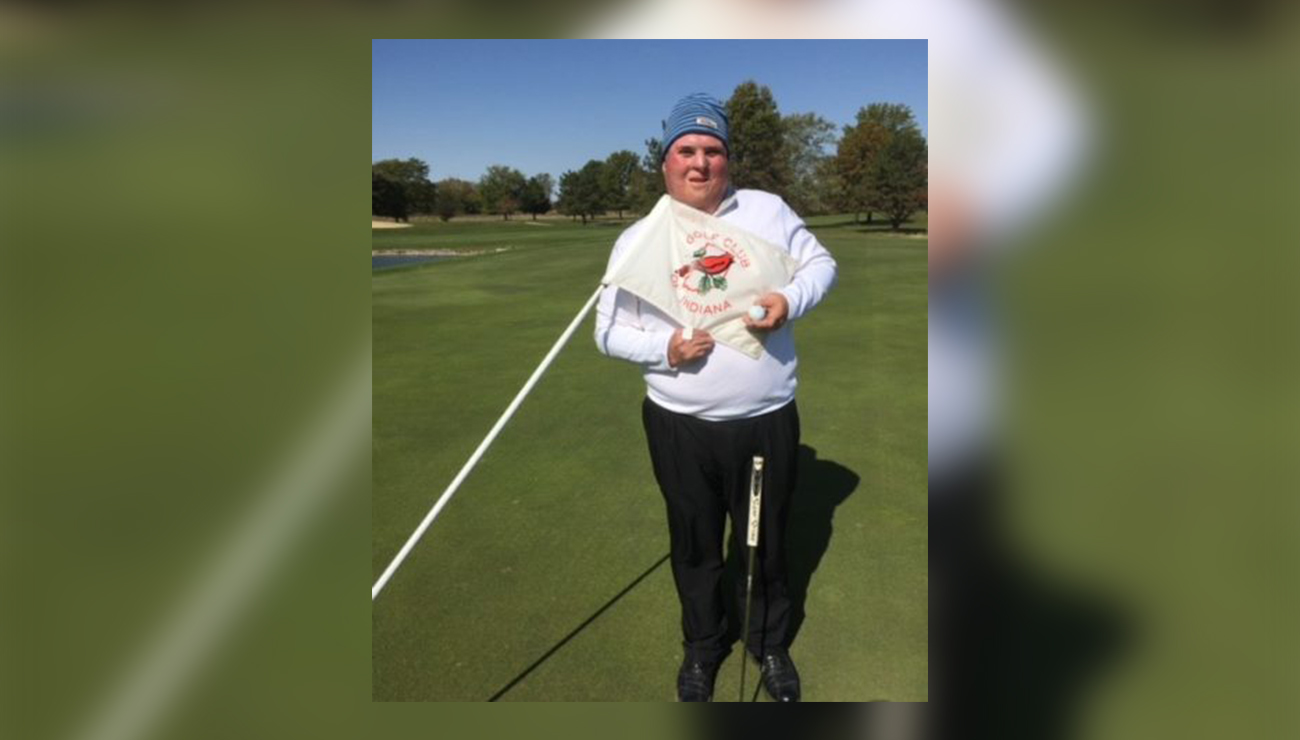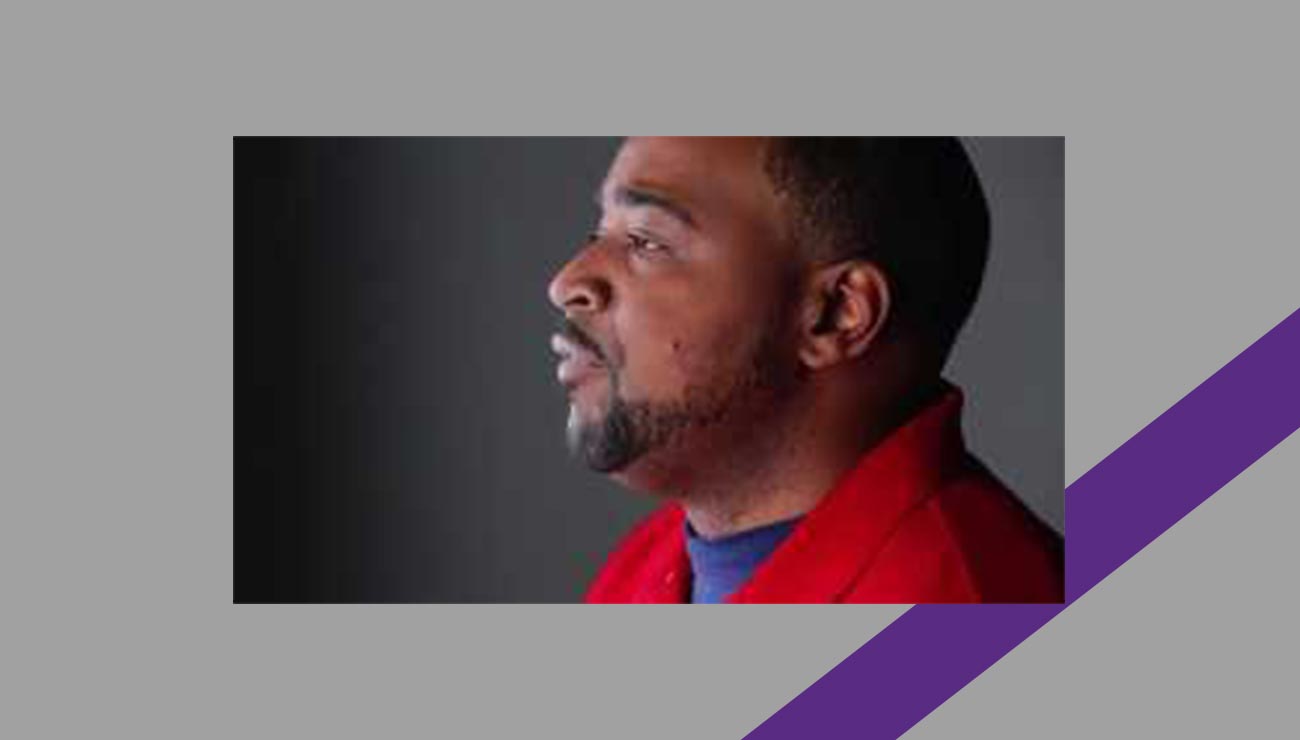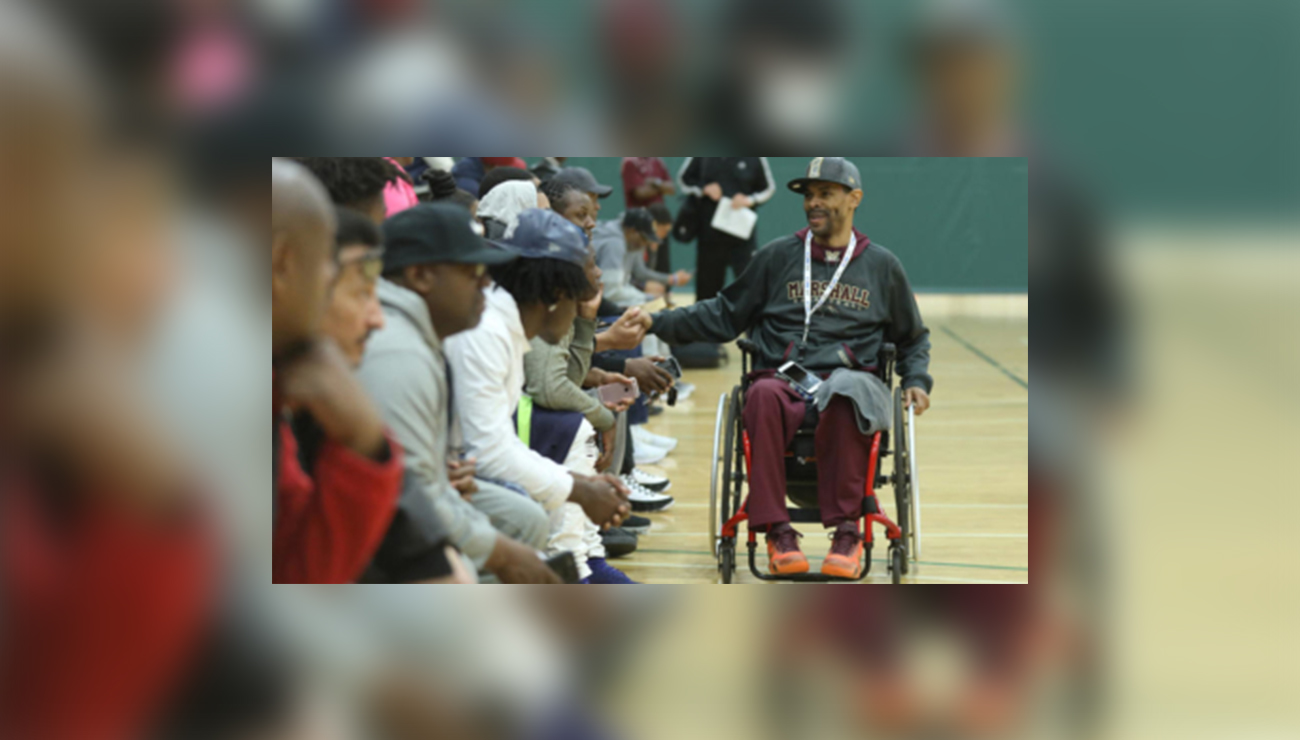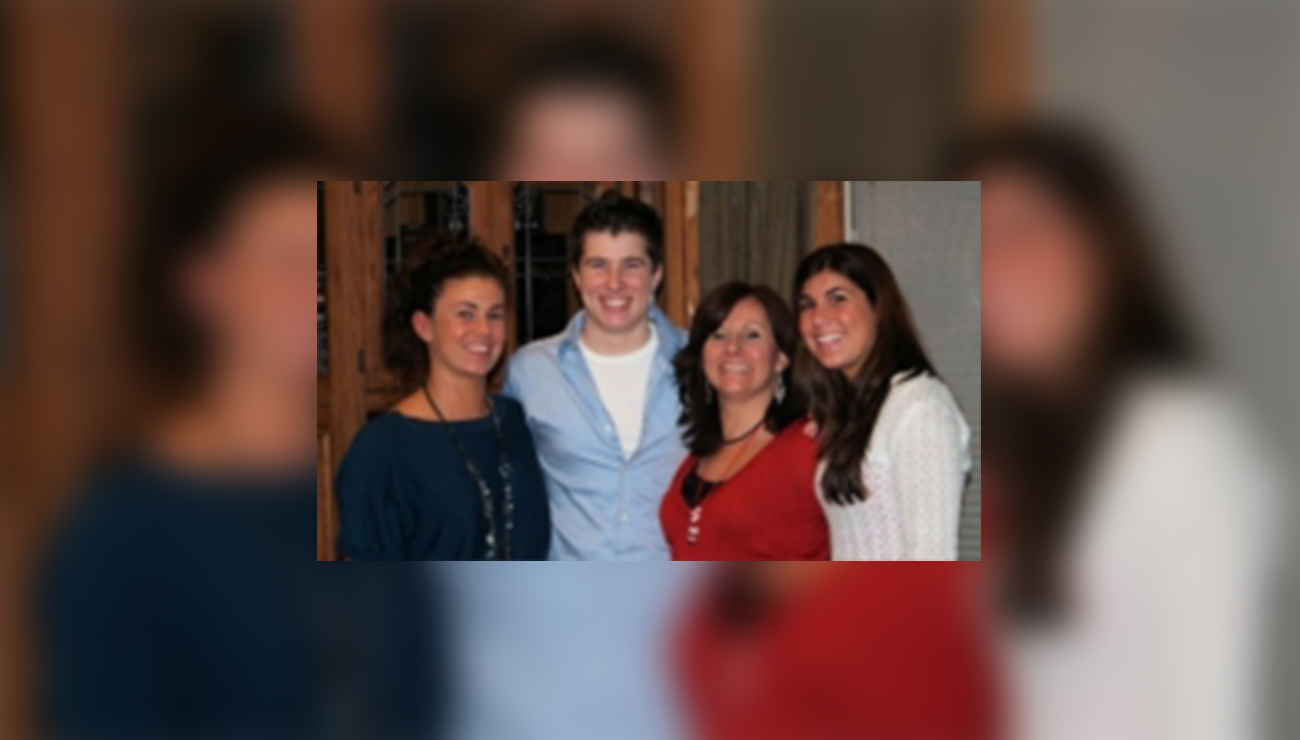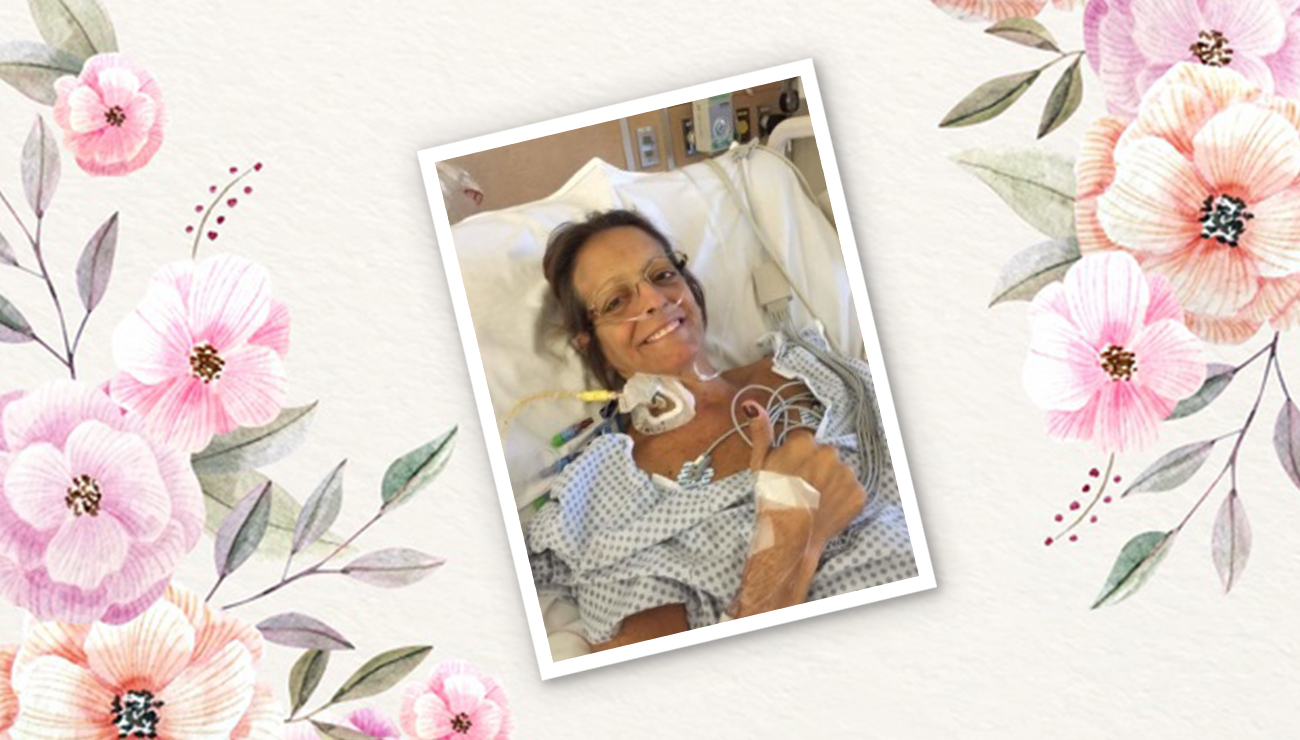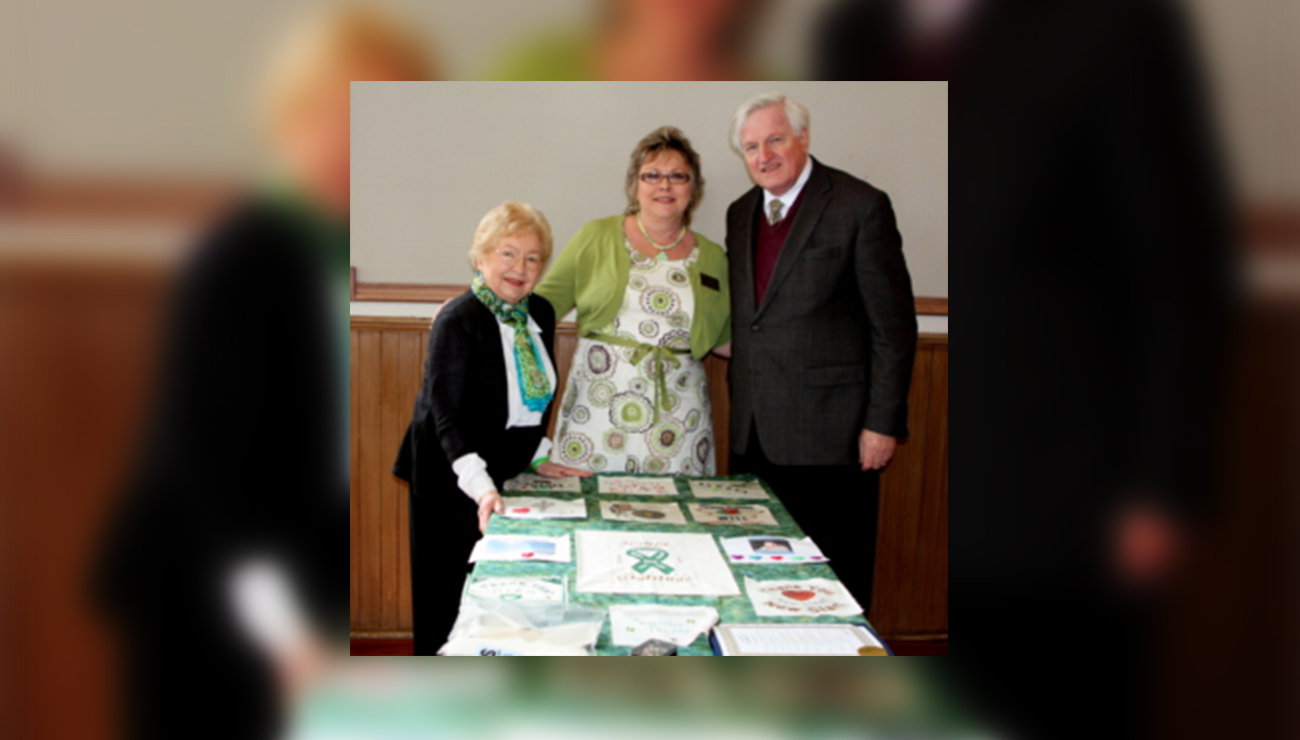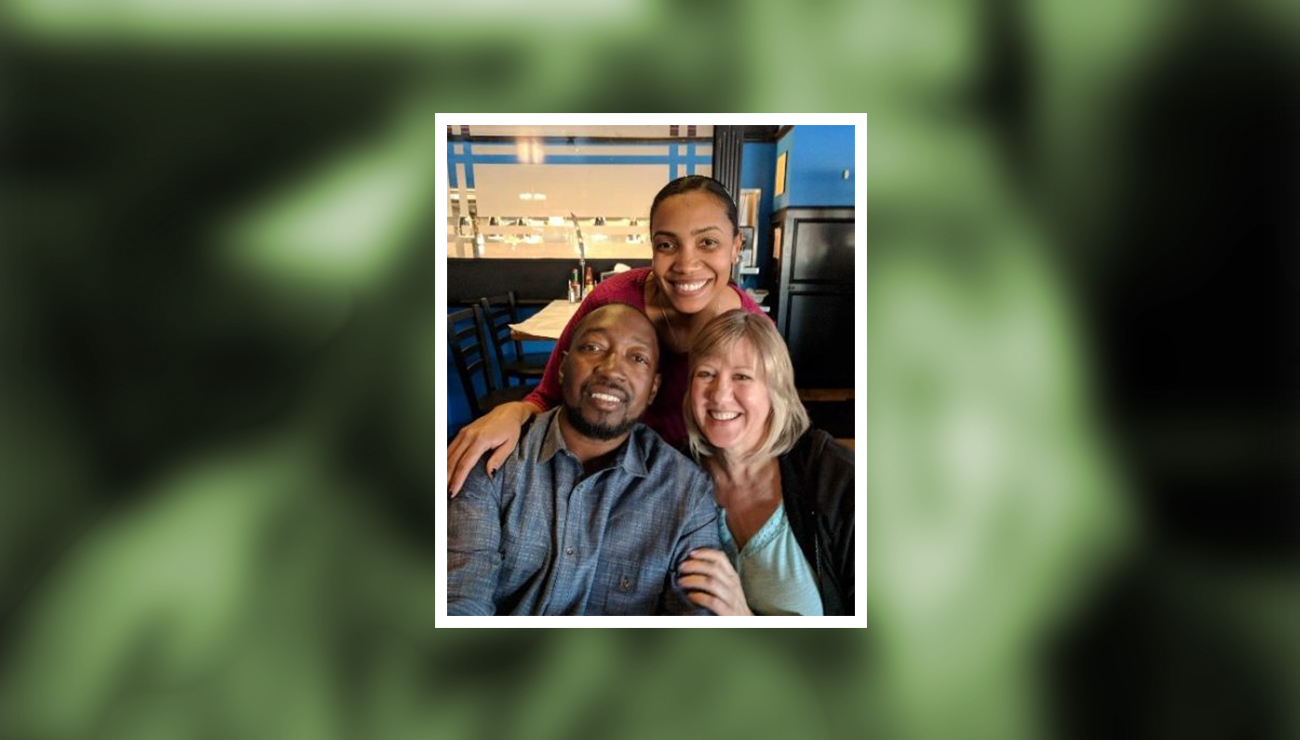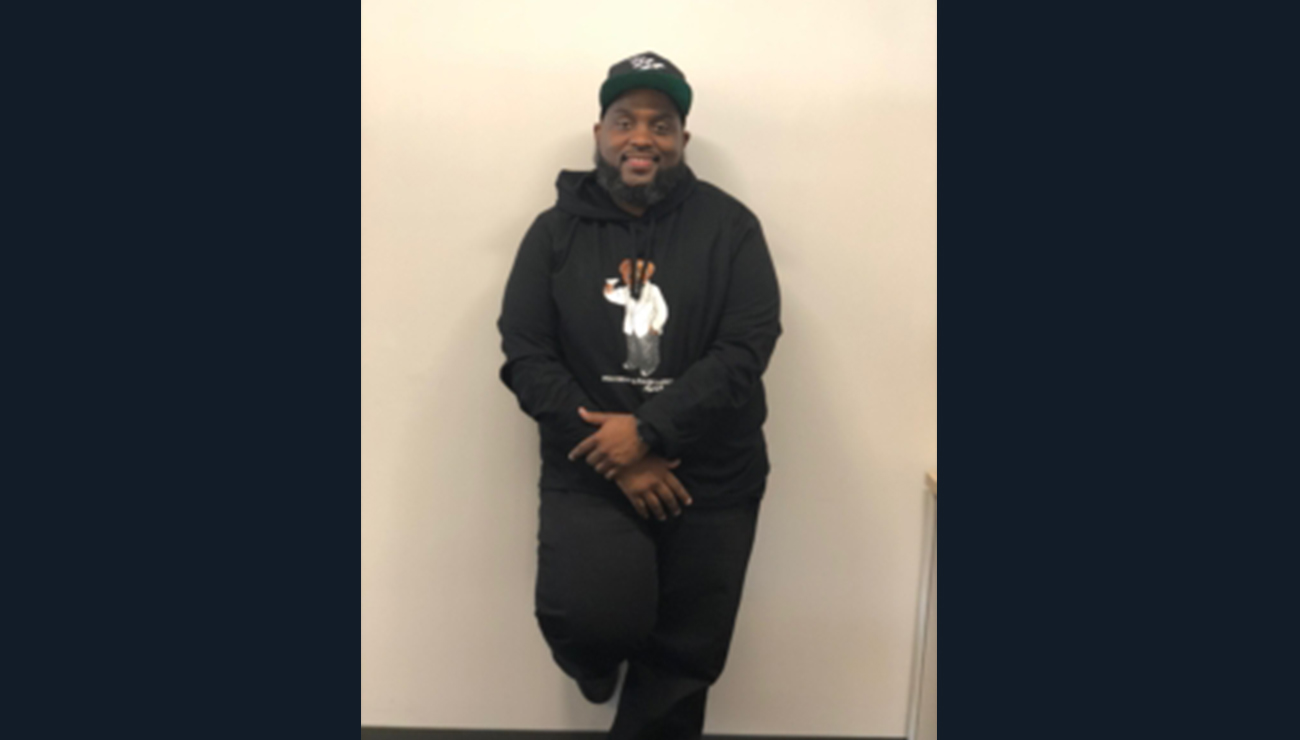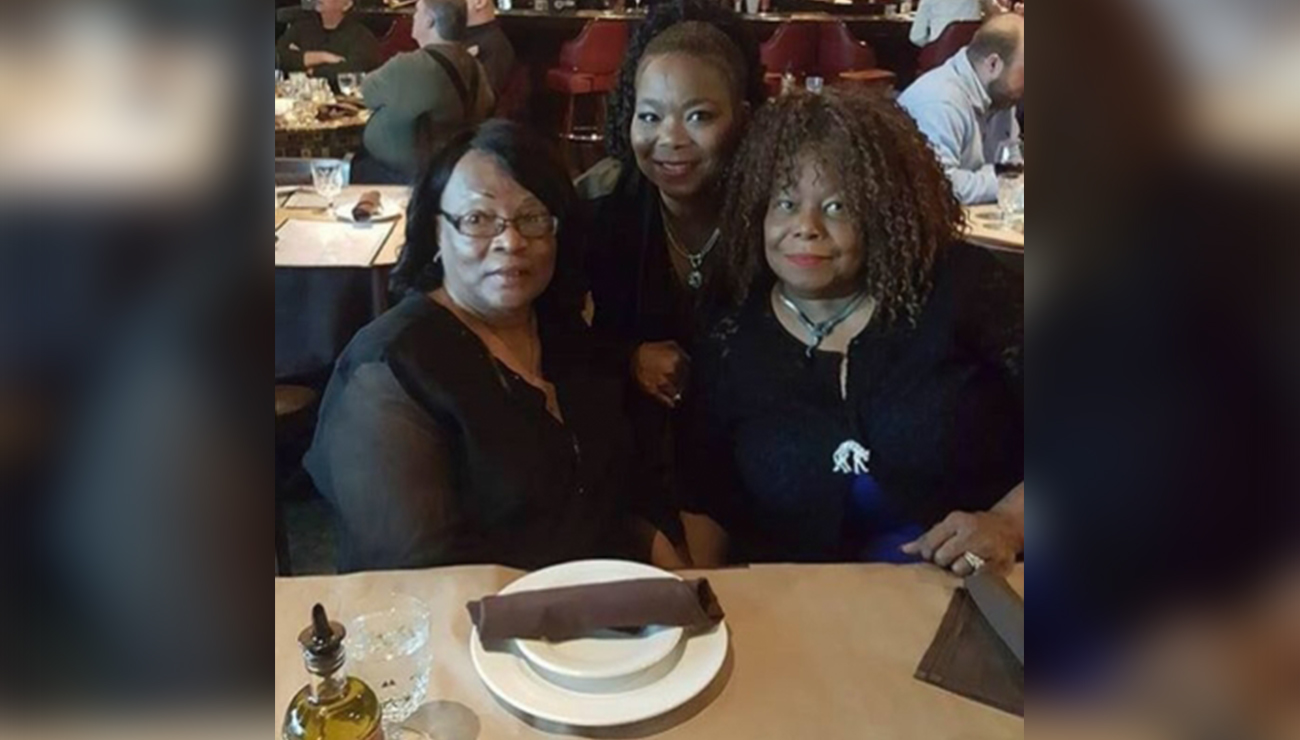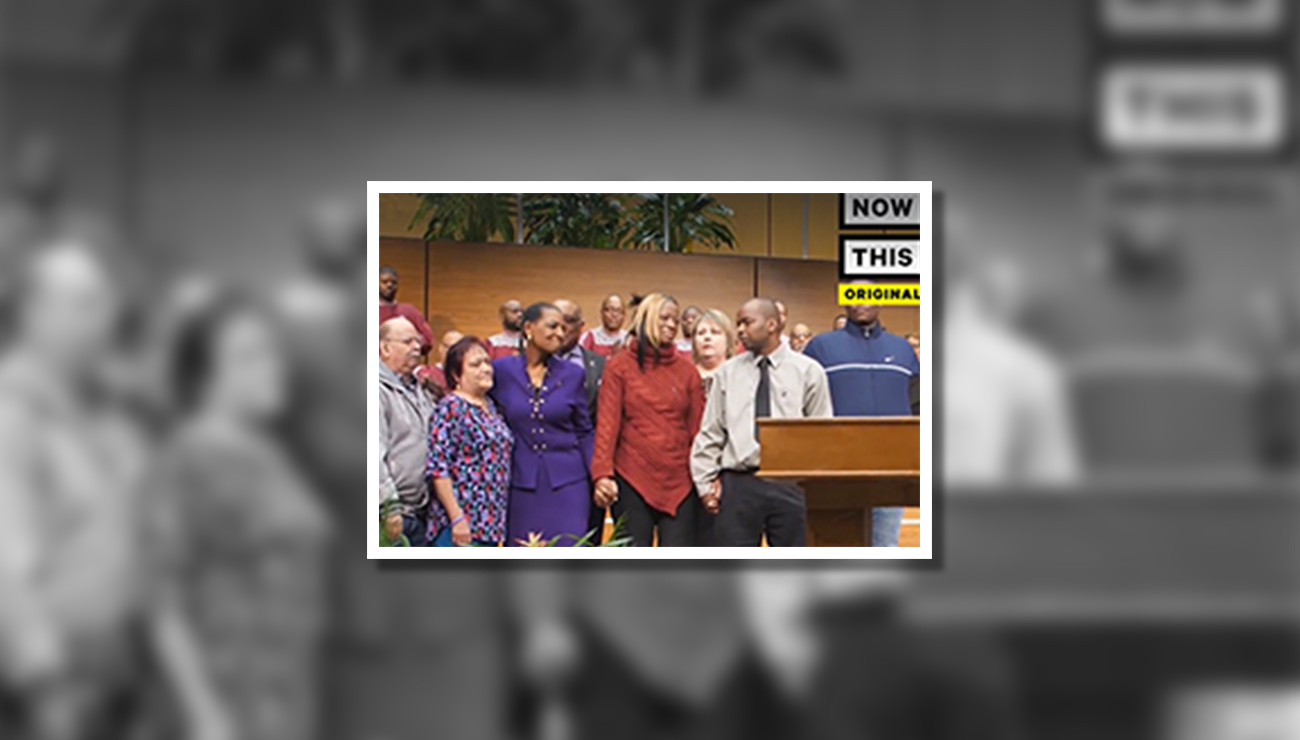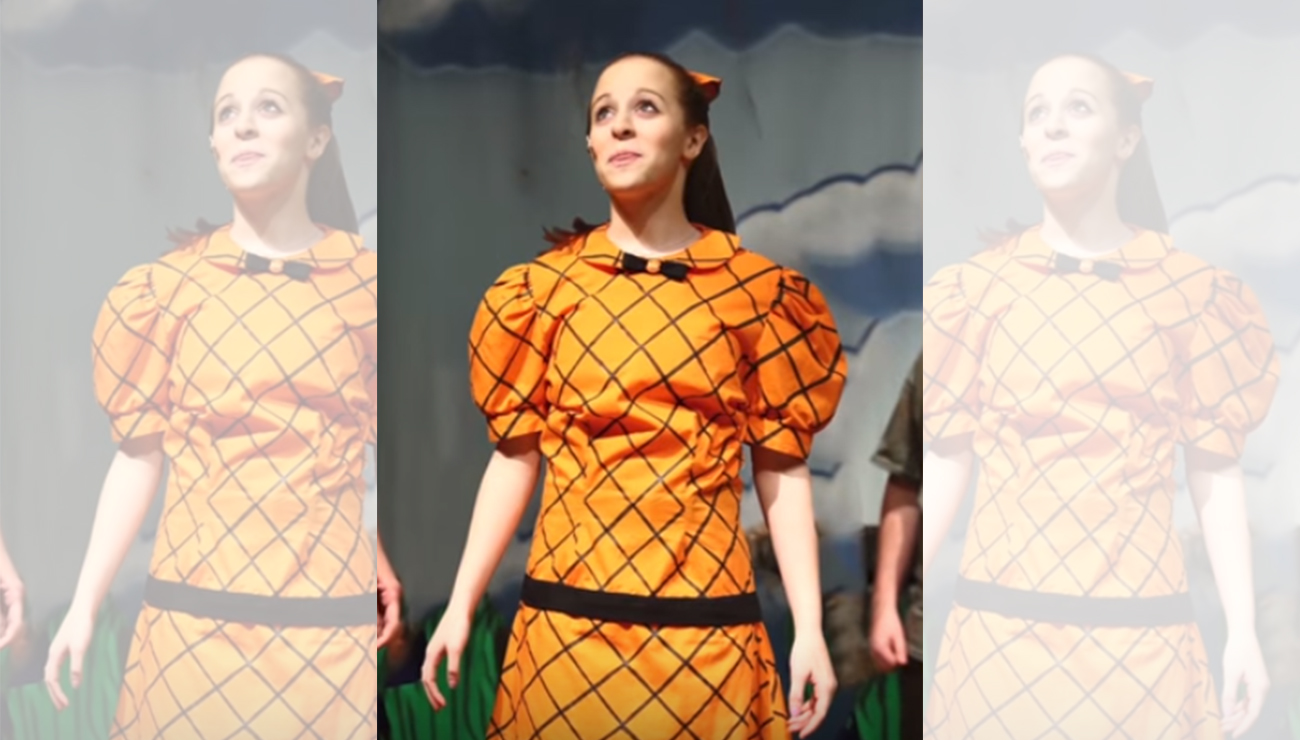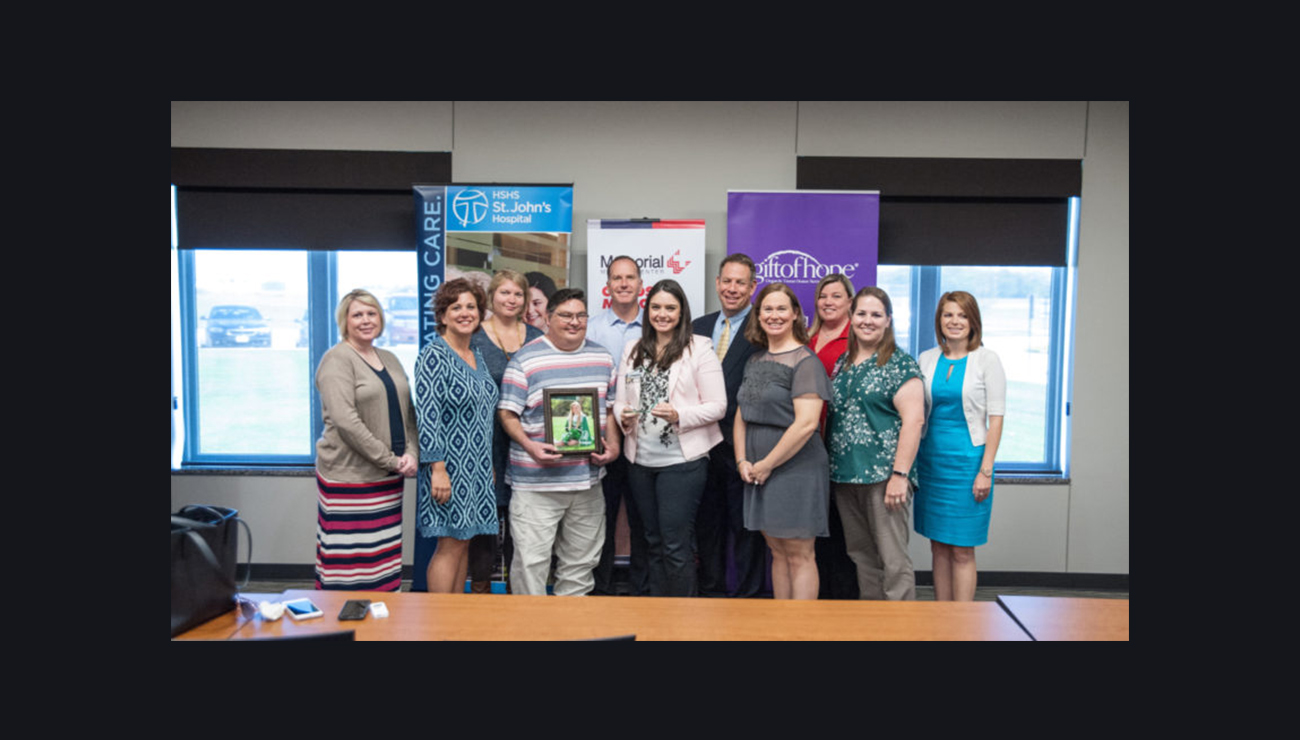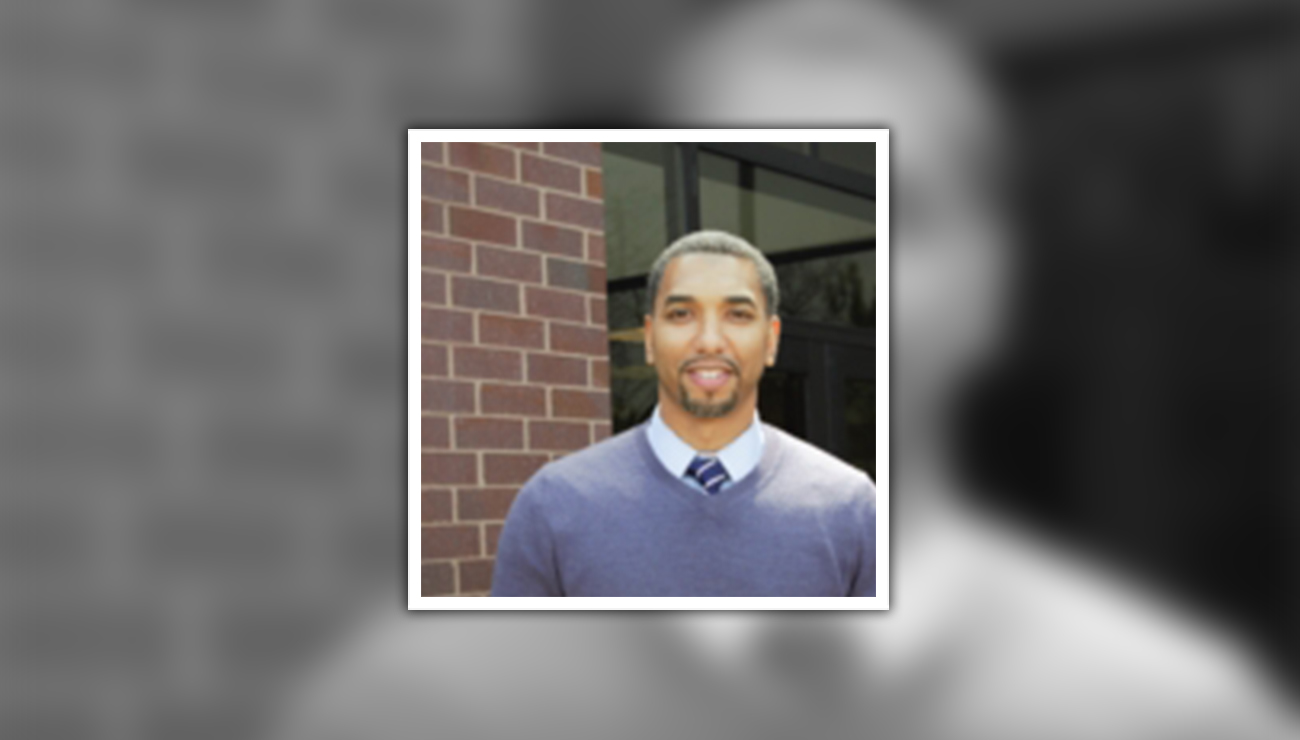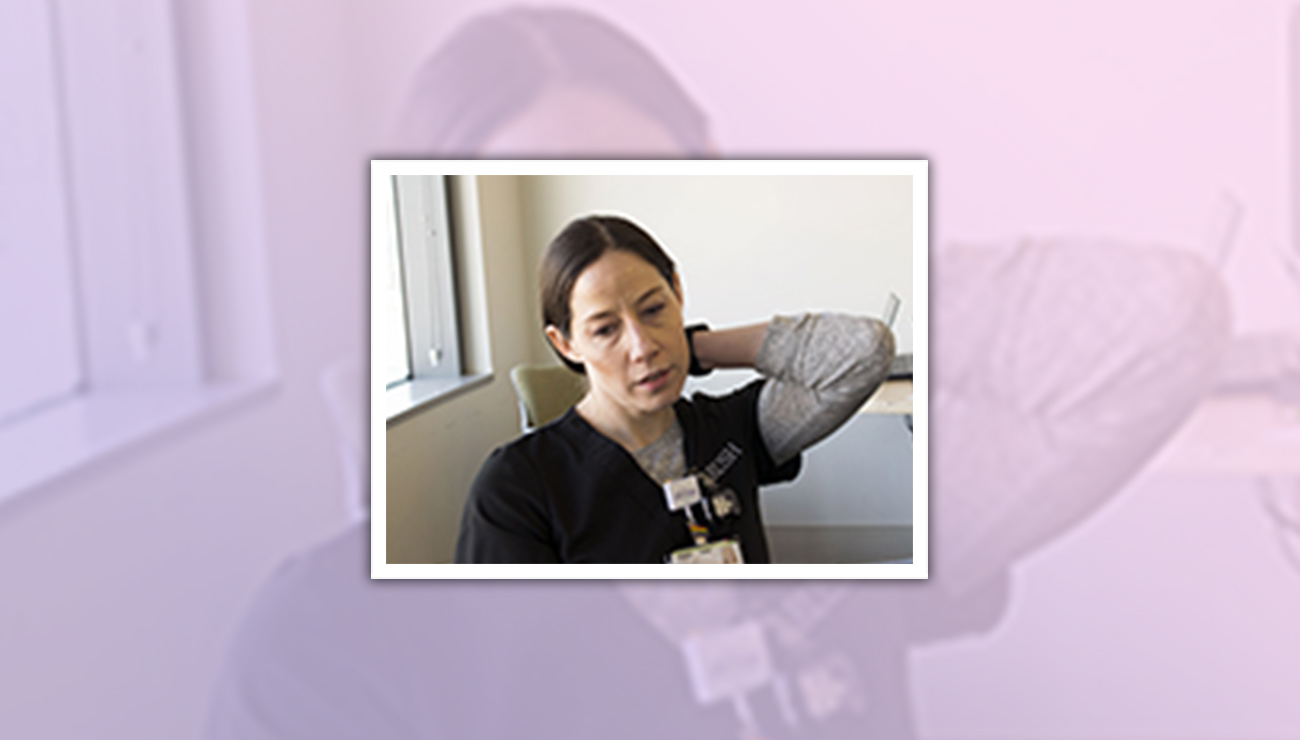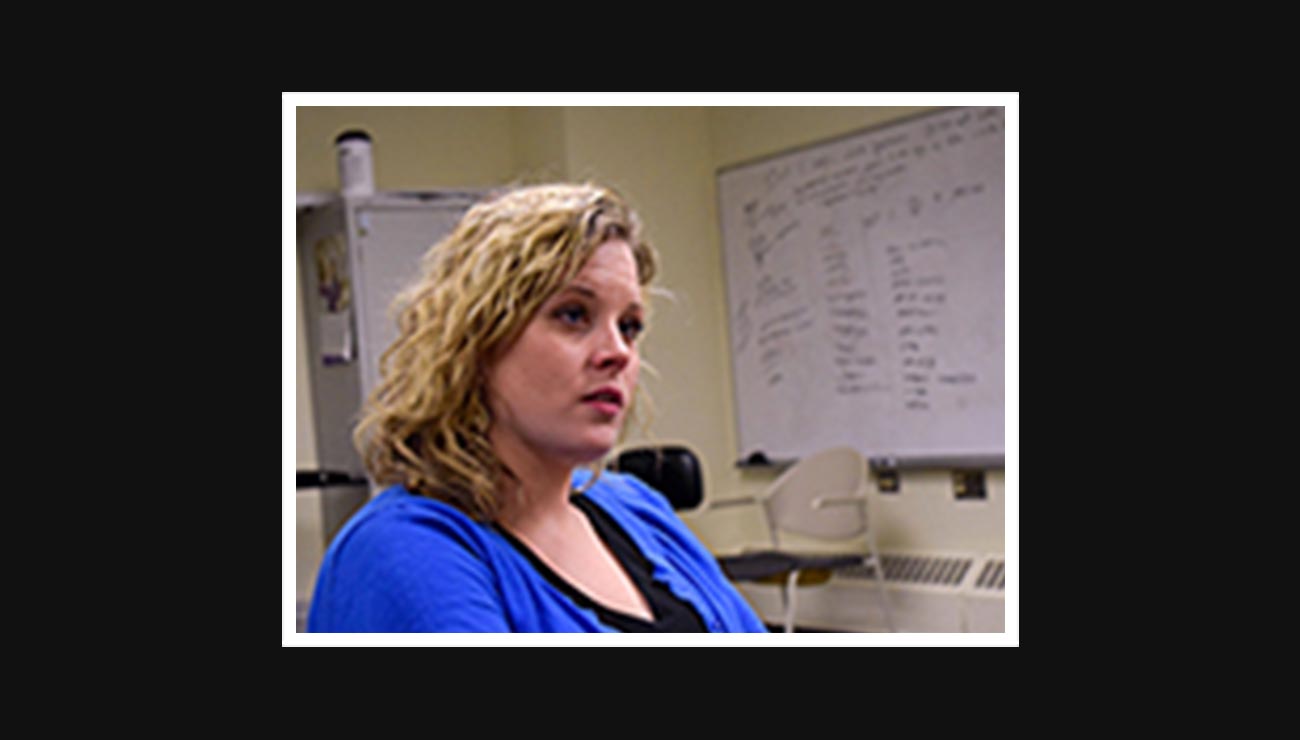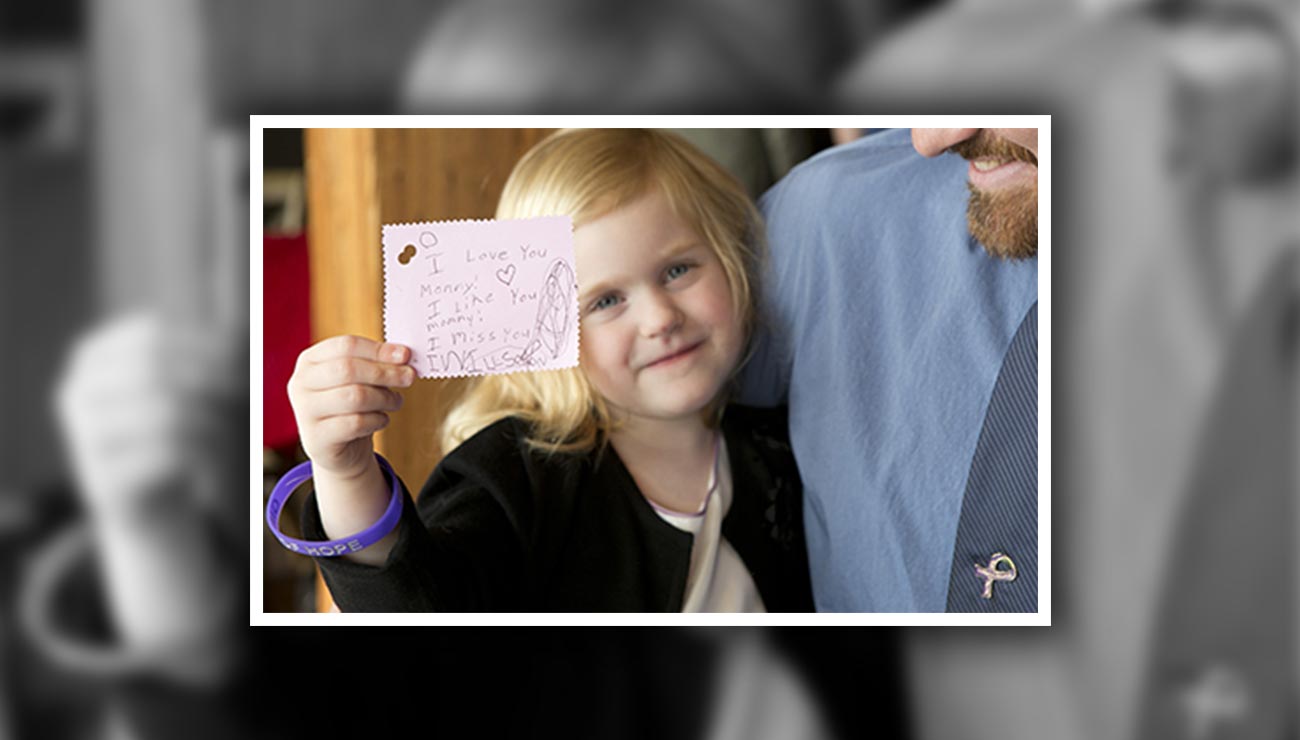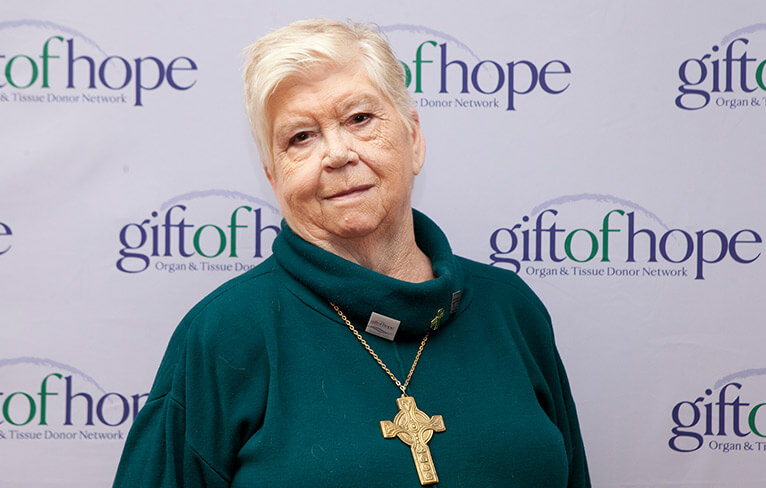Every morning more than 3,000 Illinois residents and 1,147 Indiana residents wake up hoping that this is the day their lives will change. They hope that this is the day that matching donors will be found so they can receive kidney transplants and new hope for life. Kidneys are the organs in most demand across the country according to the United States Department of Health and Human Services. The next highest need in Illinois is the more than 300 people waiting for liver transplants. In Indiana, 98 people are waiting for liver transplants.
The need for organ donation is great
There are approximately 113,000 people waiting for a lifesaving organ and tissue transplants in the United States and 4,000 of them are in Illinois and 1,300 are in Indiana. Nearly 5 percent of the nation’s waiting list is located in this one area. Gift of Hope has a mission of striving to meet this need of the people awaiting transplants. As one of the federally funded 58 Organ Procurement Organizations in the United States, Gifts of Hope provides public education on donation in Illinois and northwest Indiana. As one of the busiest OPOs in the country serving nearly 12 million people, Gift of Hope works with 180 hospitals and nine transplant centers to provide more than 30 different transplant programs.
Help meet the need
An important part of meeting this need is registering to become an organ donor. The Zuleg family has made it their mission to encourage others to register after suffering a tragic loss. During a family camping trip, a tree branch fell on 16-year-old Kyle Zuleg ending his life. But his family’s selfless donation of his organs changed the lives of five people. Read more about how a donation changes lives at www.giftofhope.org/kyle-shines-on.
Defining the need
The two organs that are needed most frequently are kidneys and livers. About 83 percent of the people on the national transplant waiting list are waiting for kidney transplants and about 12 percent are waiting for liver transplants according to the United States Department of Health and Human Services. Living donors are able to donate either of these organs if they are a match to recipients.
About 2,600 people or about three percent of the transplant list are waiting for hearts. Other organs including lungs, pancreas, and intestines make up the rest of the waiting list. Although people of all ages are on the list, most of those awaiting intestine transplants are infants and children.
There is also a need for tissue donation. Replacing a damaged heart valve with a donated valve can allow a heart to function properly once again. People who suffer tissue loss from cancer, degenerative disease or severe trauma can undergo transplants of a variety of musculoskeletal tissues including bone, tendons, and ligaments so that movement is possible. Burn victims can receive lifesaving skin transplants. An average of 75,000 people have their lives enriched through tissue donation each year according to the United States Department of Health and Human Services.
Ending the wait
Being placed on the transplant list is a last hope. Organdonor.gov has numerous stories of people whose lives were changed by donated organs or tissue. Jason’s parents found out their two-year-old needed a new heart and spent years tenderly caring for him until he received a new heart at the age of five. Christina suffered failing sight for years and when glasses no longer were able to restore her vision, she underwent a cornea transplant and now is able to be a part of the world around her again. Steve was born with cystic fibrosis and spent his whole life struggling to breathe. He was finally placed on a transplant list. His health continued to fail, confining him to a wheelchair and oxygen tanks. Finally, a match was found, and today Steve is able to breathe better than ever before his transplant.
Numbers do not tell the story
Statistics might be able to show how many organs are needed, but they cannot measure the impact that a donation has to a life. Whether it is a new heart that allows a young mom to raise her children or a cornea transplant that allows a child to see his mother for the first time, each organ and tissue transplant transforms a life. Gift of Hope is an organization striving to make the connections between donors and recipients among 12 million people in Illinois and northwest Indiana. This organization cannot carry out this mission without everyone’s help. Currently, 60 percent of the adults in this area are registered donors. Raising that number increases the chances of being able to change another life.
How to start
Organ and tissue transplants work but donors are needed to make it all possible. Take the first step by reading all about the process at www.giftofhope.org. Register today to save others in the future.
Image Credit: Getty/Thomas Northcut







